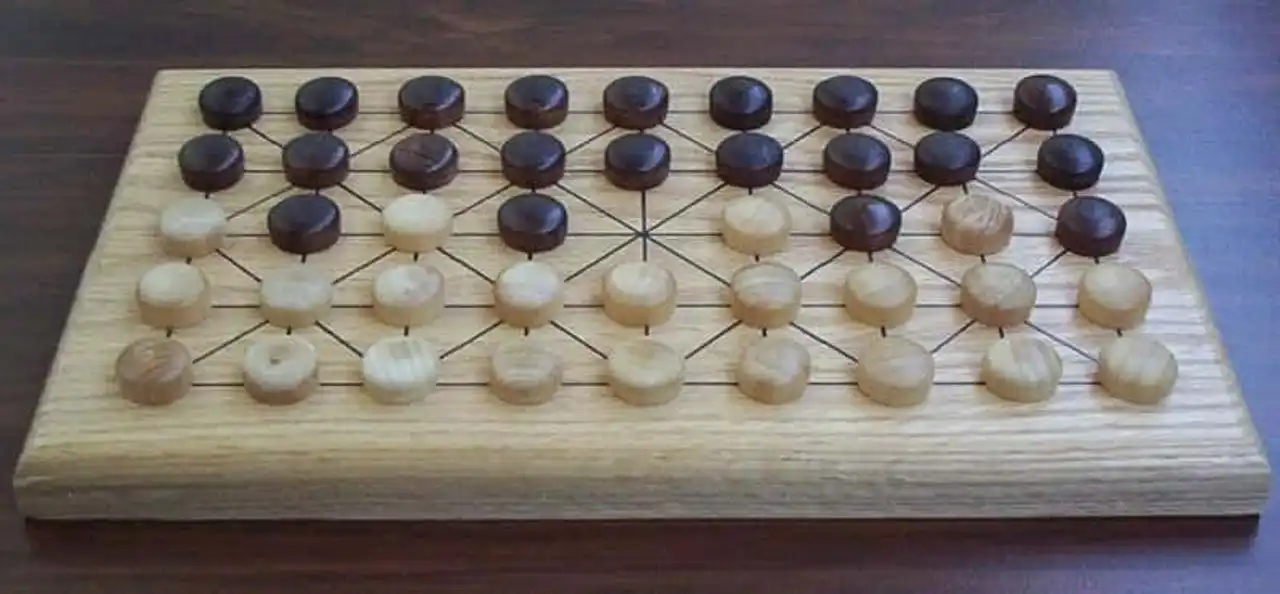In Madagascar, the Fanorona game is by far the most popular in the country and the Malagasy play in all regions.
Yes, the Malagasy have an awakened spirit. They hold this insight of theirs ancestors . The ancient monarchs of the high lands Madagascar were fine strategists. Their favorite pastime was the " fanorona" (pronounced Fanourne in Malagasy), a reflection game with many points in common with failures.
The fanorona: the game of reflection of the young and the great
The Fanorona is a strategy and reflection game typically Malagasy. Many researchers argue that it was the favorite pastime of monarchs and their close collaborators. We find the performances of this game on rocks erected near the sacred hills of the ex-Rova, ex-Châteaux of Analamanga and ancient villages.
The “ tantaran’ Andriana” (histories of the nobles) written by eminent historians prove that all the castes of ancient times played fanorona after the hard work of the fields. Others say that instead of going to school, the young Malagasy people used to learn life through this exciting game. As the whole community had become fanorona addicts, it is said that the antique monarchs had banned the practice of the game during certain periods. Fieldwork was abandoned to the benefit of the fanorona.
How do you play fanorona?
There are 2 kinds of Fanorona: the fanoron-telo and the fanoron-tsivy.
The Fanoron-telo literally means fanorona with 3 vertical and 3 horizontal lines. Just trace a square representing 2 diagonals and 2 bissects. In this type of fanorona, each player has 4 pawns at the beginning of the game. The central point called "Laka" remains empty (see image). We can play with small stones, peas or small solid objects.
In the Fanoron-tsivy , there is a rectangle with 5 horizontal lines and 9 vertical lines. Each square has 2 oblique lines. In the end, the game has 4 squares in the vertical direction and 8 others in the horizontal direction. As the pions are placed on all points of intersection of the squares, each player has 22 pions.
The aim of the Fanorona is to move a pawn to eliminate the opposing pawns and so on. In the end, the one who doesn't have a pion loses the game.
Fanorona Game Rules
- The first player moves a single and unique pawn to a free front, back, horizontal, vertical or oblique position to eliminate the opponent’s. The affected pions are eliminated automatically.
- A player continues the game as long as he finds opponents to spread out on his way. It can also stop halfway in order to refine its future strategies.
- The opposing player takes his turn only when the first passes him or when he finds no targets to be eliminated, and so on.
- Whoever has no more pions loses the game.
As a result, the Fanorona, the chess game of the Malagasy, represents a very interesting game of reflection. A party may take hours, but it requires many feints, tactics and many strategic techniques.
Main photo credit: Oak Games








Loading comments ...